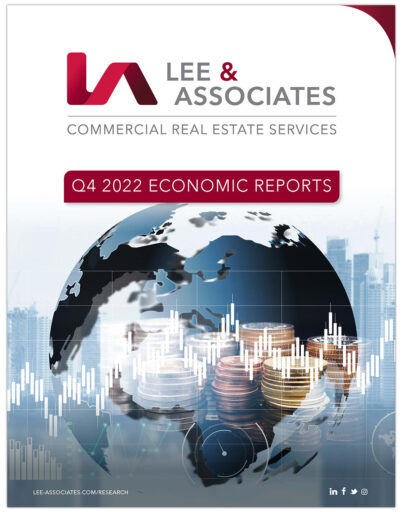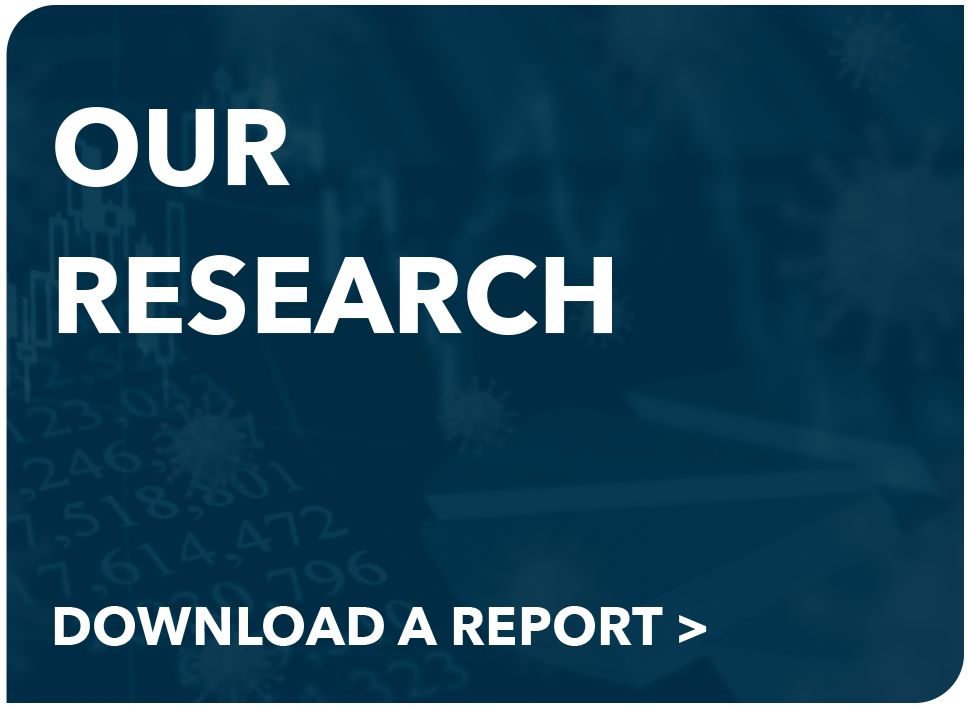GDP GROWTH:
The U.S. economy expanded at a solid annual rate of 2.9% in the fourth quarter of 2022, down from 3.2% at the end of Q3, according to the Commerce Department’s Bureau of Economic Analysis. Fourth-quarter growth was more than expected and capped a year of economic slowing that reflects a return to a more normal pace of growth. Nevertheless, concern continues that growth may turn negative in 2023. The increase in real GDP was driven by gains in private inventory investment, consumer spending, federal government spending, state and local government spending and nonresidential fixed investment that were partly offset by decreases in residential fixed investment and exports. There was a decrease in imports, which are a subtraction in the calculation of GDP.
The growth in private inventory investment was led by manufacturing – mainly petroleum, coal products and chemicals – as well as mining, utilities and construction industries.
The increase in consumer spending reflected increases in both services and goods. Within services, growth was led by health care, housing, utilities and personal services.
Within goods, the leading contributor was motor vehicles and parts. There was growth in non-defense federal spending and increases in state and local government spending that chiefly were due to more employee compensation. Within nonresidential fixed investment, an increase in intellectual property products was partly offset by a decrease in equipment. READ MORE >
EMPLOYMENT:
Job growth slowed in December but was better than expected with notable gains occurring in leisure and hospitality, health care, construction and social assistance.
Nonfarm payroll employment increased by 223,000 in December and the unemployment rate edged down to 3.5% where it has remained in a narrow range to 3.7% since March. The number of unemployed persons declined to 5.7 million in December. But the number of workers out of a job from three to six months has risen sharply since last spring. In December, 826,000 unemployed workers had been out of work for about three-and-a-half to six months, up from 526,000 in April.
Demand for labor lately has been weakening fastest in white-collar industries. Microsoft Corp., Goldman Sachs Group Inc. and Google parent Alphabet Inc. recently announced job cuts. Additionally, fewer temporary workers have been getting called up as employment through staffing firms has dropped every month since July. Many economists view the sector as a bellwether for future shifts in the labor market. There are 38.5% fewer job prospects in software development than there were a year ago, according to job search site Indeed.com. Media jobs were down 30.8% and banking and finance postings were off 25.6%.
Among the major worker groups, the unemployment rate for Whites fell to 3% in December. The jobless rates for adult men was at 3.1% and 3.2% for women,10.4% among teenagers, 5.7% for Blacks, 2.4% for Asians and 4.1% for Hispanics. The number of long-term unemployed – those jobless for 27 weeks or more – declined by 146,000 to 1.1 million in December. This measure is down from 2.0 million a year earlier. The long-term unemployed accounted for 18.5% of all unemployed persons. READ MORE >
MONETARY POLICY:
After raising interest rates seven times in 2022 to their highest level in 15 years, the Federal Reserve has signaled its nascent confidence that inflation will ease in 2023 enough for central bank policymakers to begin slowing rate hikes.
In December, the Fed increased the overnight borrowing rate a half point to between 4.25% and 4.5%. Several central bank officials said after the increase, which followed four three-quarter point jumps, that they saw rates rising to a peak between 5% and 5.25%, a sign that two more quarter-point hikes were likely.
The rate hike came after the Labor Department reported that the 12-month consumer price index dropped to 7.1% and the core rate, which excludes food and energy, was at 6%. Both indexes were at their lowest in a year. The personal consumption expenditure price index had fallen to 5%. The Fed’s inflation goal is 2%.
Central bank officials said they believe that dialing back increases to the more traditional quarter percentage point will provide more time to assess the effects of previous increases and determine where to stop with greater accuracy.
Federal Reserve Chairman Jerome Powell said the inflation data that influenced the smaller December rate hike “show a welcome reduction in the monthly pace of price increases. But it will take substantially more evidence to have confidence that inflation is on a sustained downward path.” READ MORE >
GLOBAL ECONOMY:
The worldwide economy continues to experience turbulence with challenges along a number of fronts. Inflation is the highest in decades and financial conditions are tightening in most regions. Russia’s invasion of Ukraine and the lingering Covid pandemic all weigh on the outlook.
The International Monetary Fund forecasts that global growth will fall to 3.2% in 2022 and 2.7% in 2023 from 6% in 2021. Except for the global financial crisis and acute phase of the Covid pandemic this is the weakest growth profile since 2001 and reflects significant slowing for the largest economies, said the IMF in a Q4 report. In 2022, GDP contracted in the United States in the first half, the euro area contracted in the second half and China posted 3% growth, its second lowest annual rate since 1976.
But since China relaxed its extreme Covid lockdown policies in late 2022 following widespread national protests, President Xi Jinping’s government is betting on 5% to 5.5% growth in 2023. But a surge in economic growth for China could give a fresh boost to inflation in Europe, which is raising concerns. “The change in the (Chinese) Covid policy will revive the economy. That is positive for the rest of the world, but there will be more inflationary pressure,” said European Central Bank President Christine Lagarde.
Higher borrowing costs and the likelihood of more interest rate increases have been weighing on Europe’s growth prospects. But reports show the economic disruption from Russia’s war on Ukraine has been less than initially feared.
Otherwise, normalization of monetary and fiscal policies among developed nations that delivered support during the pandemic is cooling demand as policymakers aim to reduce inflation. And a growing share of economies are in a growth slowdown or contraction. READ MORE >




